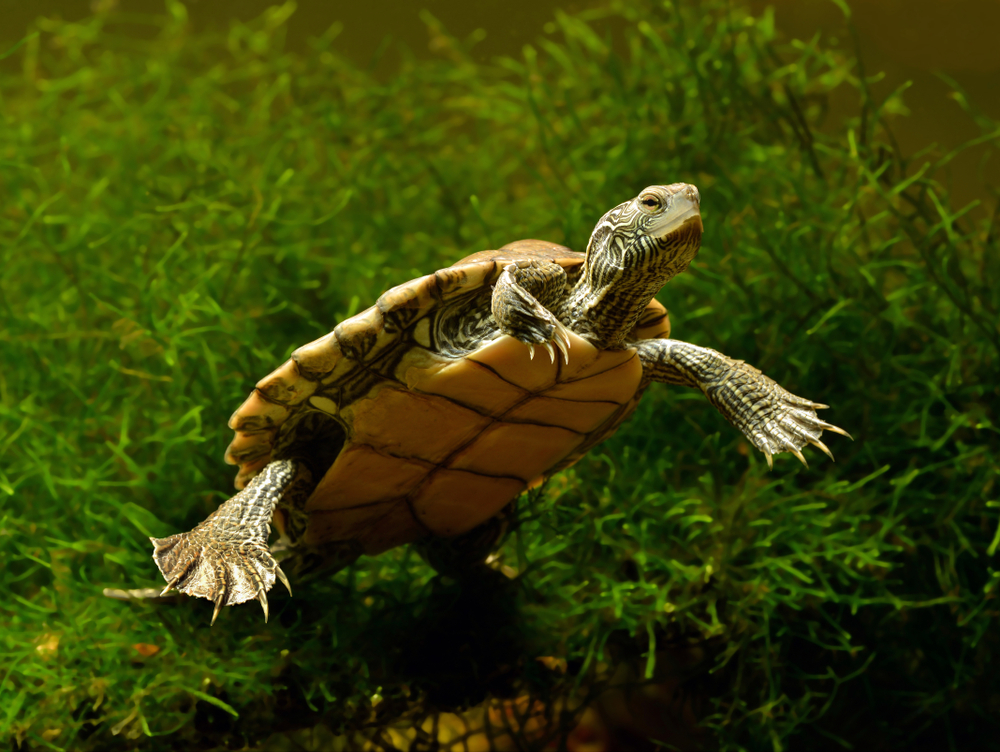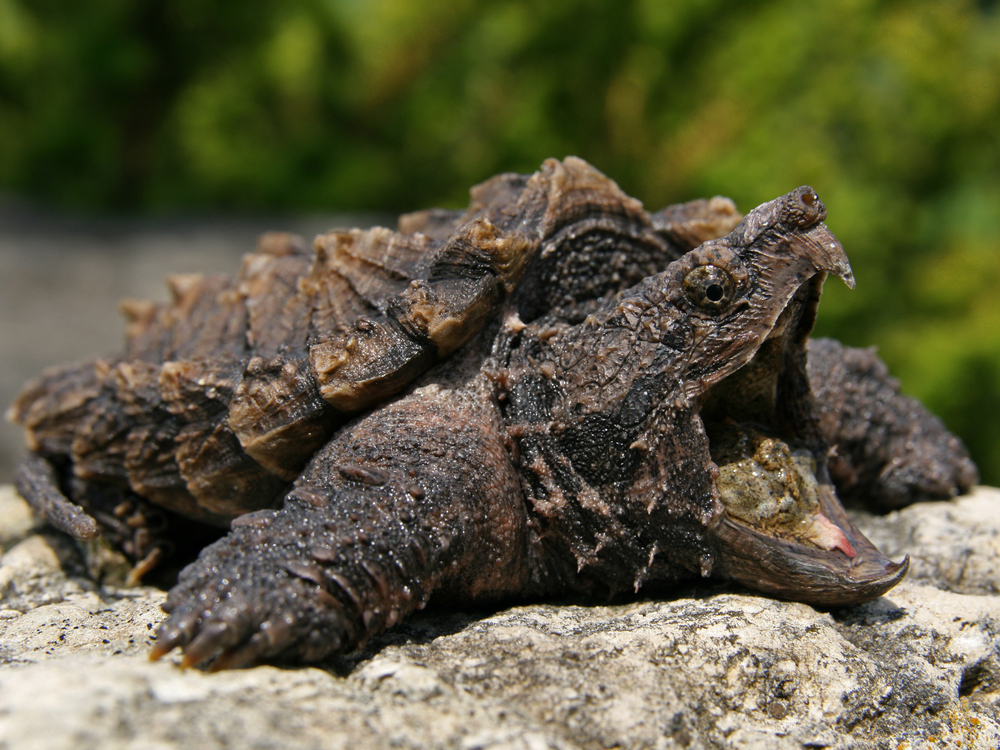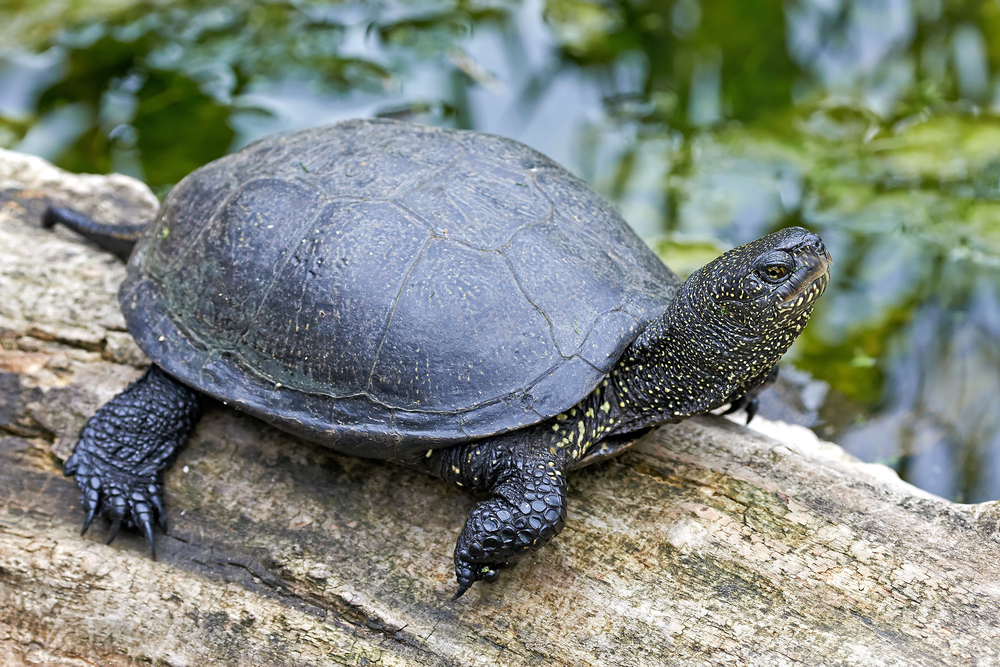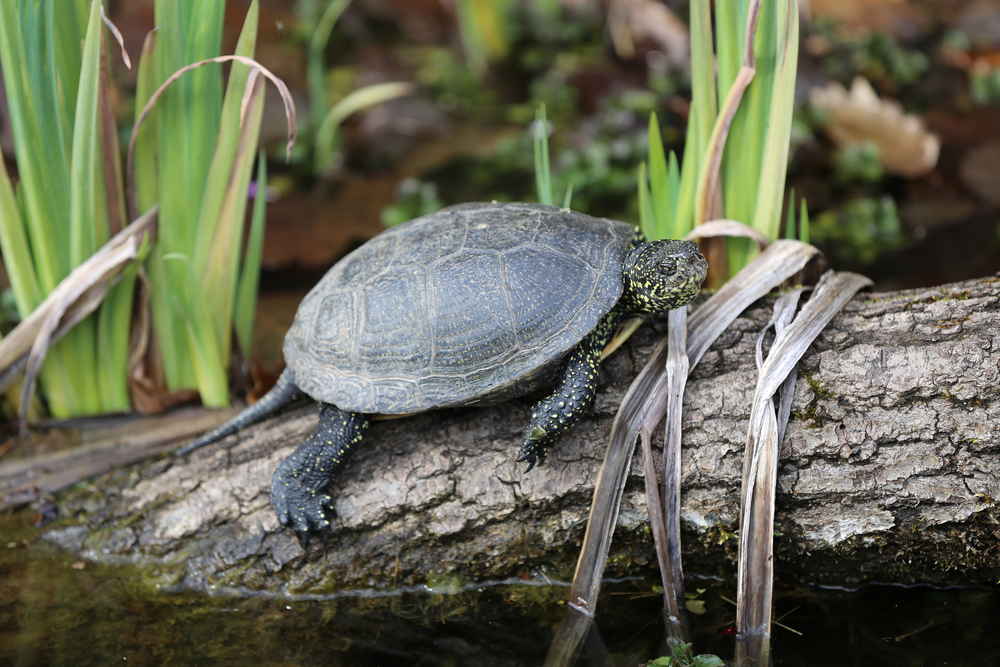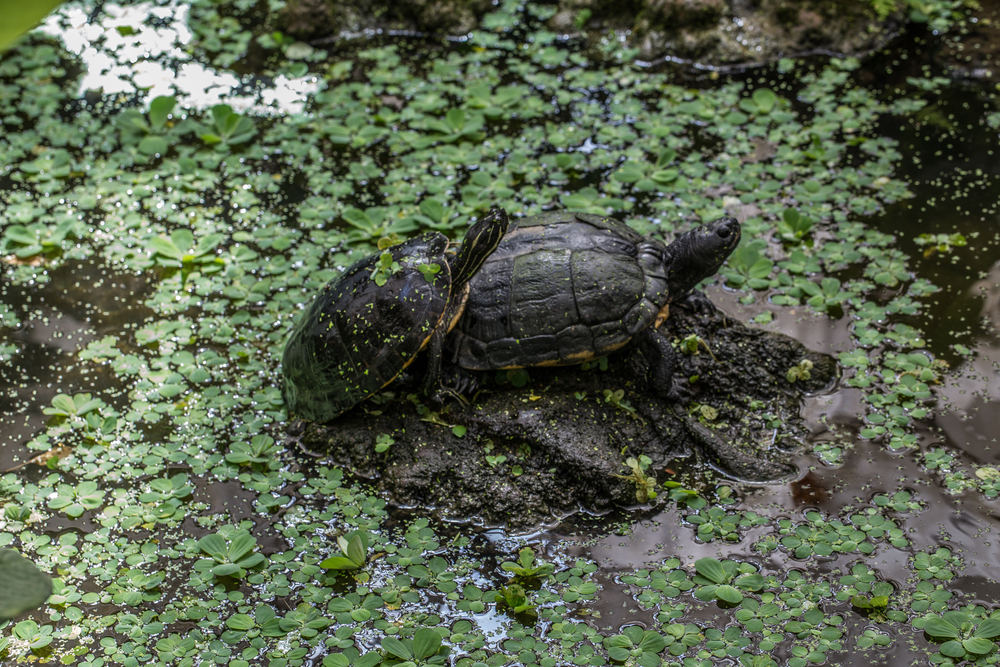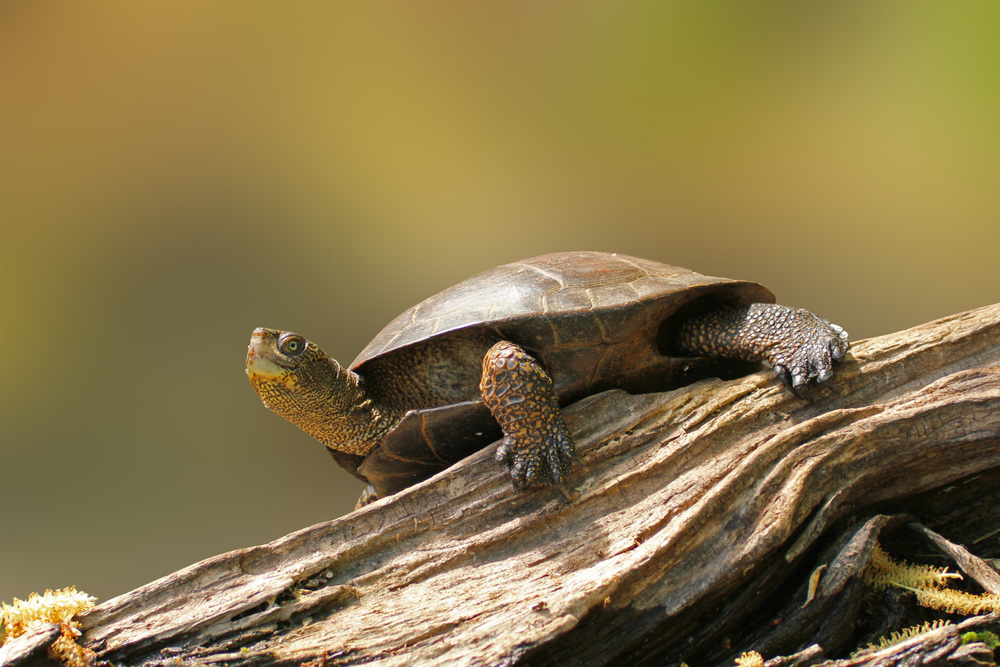There are several species of box turtles within the genus Terrapene. Some of the recognized species include:
- Eastern Box Turtle (Terrapene carolina): This species is found in the eastern United States and is known for its intricate shell patterns and terrestrial habits.
- Ornate Box Turtle (Terrapene ornata): Ornate box turtles inhabit parts of the central United States, with distinct yellow and black shell patterns.
- Three-Toed Box Turtle (Terrapene triunguis): As the name suggests, this species is characterized by having three toes on its hind feet. It ranges from the southwestern United States into Mexico.
- Gulf Coast Box Turtle (Terrapene carolina major): Found in the southeastern United States, the Gulf Coast box turtle is a subspecies of the Eastern box turtle.
- Florida Box Turtle (Terrapene carolina bauri): This subspecies of the Eastern box turtle is native to Florida.
- Mexican Box Turtle (Terrapene mexicana): These box turtles are found in various regions of Mexico.
- Coahuilan Box Turtle (Terrapene coahuila): This species is native to a limited range in Mexico and is known for its unique adaptation to a desert environment.
- Yucatan Box Turtle (Terrapene yucatana): This species is native to the Yucatan Peninsula in Mexico.
These are some of the recognized species and subspecies of box turtles, and there may be further taxonomic research that leads to the identification of additional species or subspecies. Each of these box turtle species has its own range, habitat preferences, and distinctive characteristics, making them interesting and diverse members of the turtle family.





































































